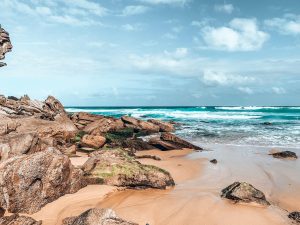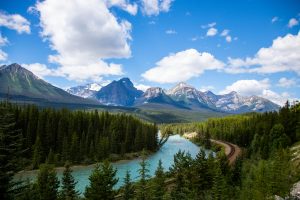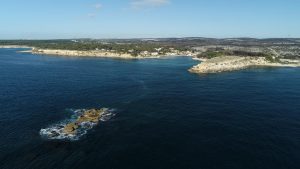The ocean is intrinsically linked with life on Earth. Three and a half billion years ago life originated here, and our seas currently provide the planet half of its oxygen. The ocean is a source of essential protein for 3 billion people, and the blue economy supports human livelihood with 30 million jobs and a GDP of 1.5 trillion USD. When we know all this, why then is ocean conservation lagging so far behind.
The 2020 Protected Planet Report states that nearly 17% of Earth’s land and inland water ecosystems are within protected areas and OECMS, but less than 8% of coastal waters and oceans are similarly protected. At this rate we have considerable work to do if we are to meet the ambitious but necessary goal of protecting 30% of the world’s land and ocean by 2030 (30×30).
With only 6 years left to achieve this conservation target, we must reflect on the core considerations of what it truly means to halt and reverse biodiversity loss. ‘30×30’ is not only about the quantity of nature that it is protected, it is just as much about the quality of these protected areas and how much they truly safeguard the wildlife and habitats within their territory. Of the previously mentioned 8% of marine areas protected, less than 3% of these protected areas are fully safe from damaging practices like over-fishing. When an area is protected only in name and not in practice, it does not fulfill the principles of global agreements, like the Kunming-Montreal Global Biodiversity Framework (K-M GBF), that have been designed to enable nature to recover and thrive.
So today – on World Environment Day – we stand at a critical juncture. If we are to make progress on this issue we must prioritize ocean protection at the highest levels of government. Conveniently, the upcoming Pre-UNOC convening in Costa Rica provides a great opportunity for Ministers and NGOs alike to take stock, and re-affirm their commitments to ocean conservation. With many countries yet to submit their National Biodiversity Strategies Action Plans but due to this year, this meeting should be a reminder that everyone needs to be critically assessing their current marine protected areas and looking for ways they can both expand and improve their management. We all need to enforce measures locally as a part of domestic legislation and coordinate action in areas beyond national jurisdiction as well. With only 1% of the high seas considered highly or fully protected, it is imperative that countries move fast to ratify the UN Biodiversity Beyond National Jurisdiction (BBNJ) agreement ahead of the UN Oceans Conference in France next year.
And whilst it is clear we have a long way to go to reach the 30% target on ocean conservation, it must be said that there are some leading the way and taking action today. In April, Greece announced that bottom trawling, a fishing technique known as the “single greatest threat to marine habitats,” will be banned in all of its marine protected areas. This is a fundamental measure that all states need to take. Protected areas are not truly safe havens for biodiversity if such practices are allowed to flourish.
An example of more ambitious progress is Dominica’s commitment to creating a marine reserve for sperm whales, the first of its kind in the world. Late last year, Dominica took this step to recognize the crucial role this endangered species plays in their environment and will ensure the stringent protection of the reserve for the sake of the marine life that lives there.
As ministers from across the globe gather at Pre-UNOC this week, they must collaborate and take action to protect our seas now and for future generations. Achieving 30×30 and enforcing rigorous standards of protection for marine biodiversity is not only necessary but urgent. Governments need to act now to preserve their biodiversity hotspots, protect the high seas, and close the biodiversity funding gap. Nature degradation is accelerating and so must our efforts to reverse it.


